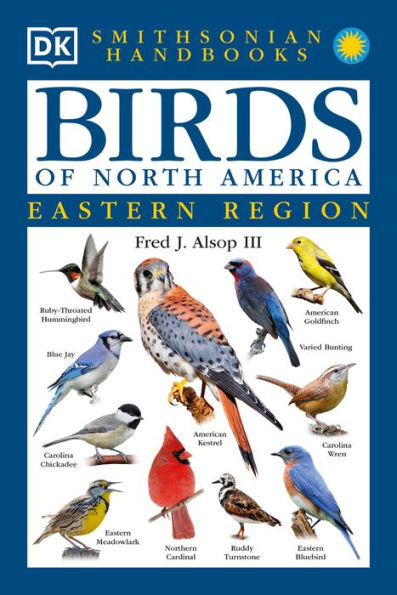Birdwatching, or birding as it is now commonly called, is practiced by more
than 60 million North Americans - making it the single largest hobby on the
continent. North America is an exciting place to go birding because it holds
billions of birds representing more than 900 species that are permanent or
summer residents, visit regularly, or stray occasionally to the continent.
AVIAN DIVERSITY
Having attained the power of flight more than 150 million years ago, birds
might be expected to be uniformly distributed in every corner of the earth.
But they are not. They are bound to the earth by the habitats to which they
have adapted and limited by geographical barriers as well as the history of
their lineage.
Different species are often associated with major plant communities, or
biomes, that provide them with critical habitat requirements for part or all
of their annual cycle. Polar regions of permanent ice and snow are home to
Ivory Gulls; the arctic tundra to Snowy Owls, ptarmigans, jaegers,
Gyrfalcons, and countless shorebirds in summer. The great block of northern
coniferous forests provide seeds for crossbills, grosbeaks, finches, and
nuthatches; in summer, insects for flycatchers, vireos, and warblers abound.
Deciduous forests, southern pine forests, grasslands, and deserts all hold
particular species of birds different from those in other biomes. Other
species, such as herons, are adapted
for freshwater ponds, lakes, rivers, and streams; still others for marshes
and seashores as well as the open ocean.
BIRDWATCHING IN EASTERN NORTH AMERICA
The avian diversity of eastern North America is reflected in the more than
690 species of birds that have been recorded roughly east of the 100th
meridian, the approximate north-south line used as a division in creating
this book as an eastern edition. Within the eastern half of the continent
lie the ancient mountains of the Appalachians, the Gulf and Atlantic Coasts,
grasslands, southern swamps and pine forests, the massive eastern deciduous
forests, the great Lakes, boreal coniferous forests, tundra, and ice fields.
Among the birds inhabiting this vast area is the continent's greatest
diversity of wood warblers.
Many birdwatchers practice their hobby close to their own backyards.
They learn to recognize the species they see most often and occasionally
identify a "new" species for the yard, perhaps even photograph the birds
they see. Many take their birding to the field. Some are so passionate that
they travel North America identifying as many species as they can, often
covering many miles on short notice to observe a newly discovered vagrant.
Not even the most ardent birder has seen all of the more than 920
species now accepted as having occurred in North America. But that is part
of the fun and challenge of birding. It holds something for every level of
interest, and the amateur birder stands as much chance as the professional
of making a discovery that sheds important light on the field of
ornithology.



